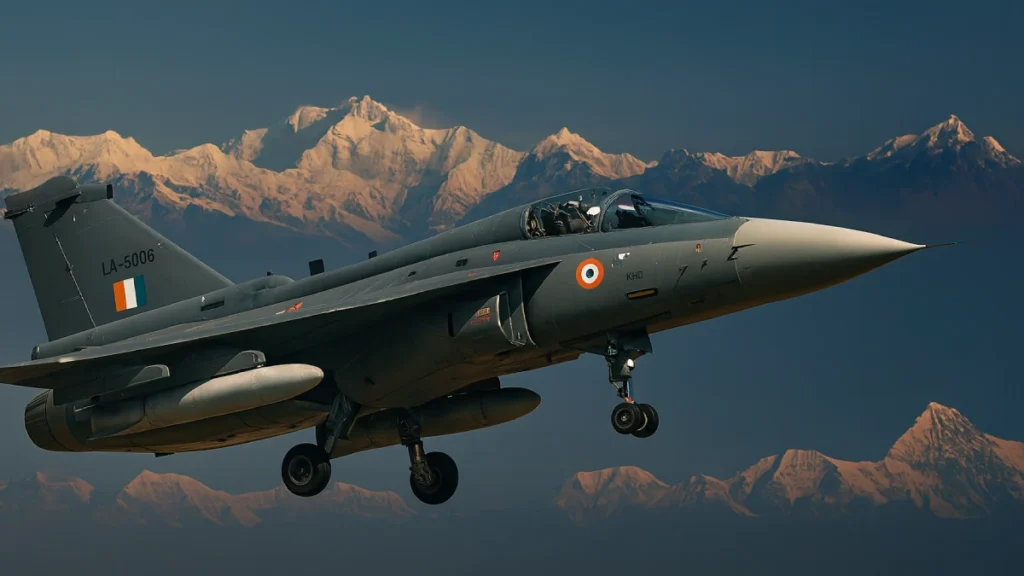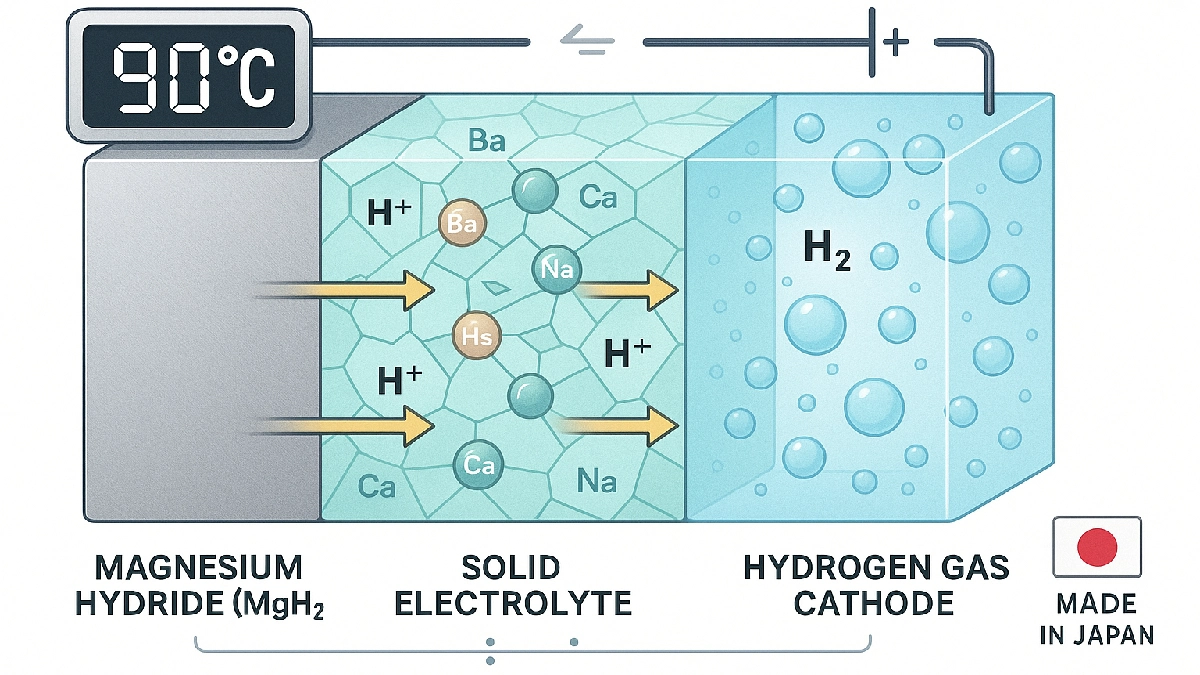The HAL Tejas Mk2 isn’t just another fighter jet rolling off an assembly line—it’s the central node in a vast, interconnected web that’s rewiring India’s entire aerospace ecosystem. While most analyses focus on thrust ratios and payload capacities, the real story lies in understanding how this single aircraft program is catalyzing transformations across multiple industries, international partnerships, and strategic capabilities that extend far beyond air combat.

The Indigenous Innovation Multiplier Effect
The Tejas Mk2 represents a quantum leap in India’s self-reliance journey, with indigenous content projected to reach 82% compared to the Mk1’s 60%. But this percentage tells only part of the story. Each indigenous component developed for the Mk2 creates ripple effects across India’s industrial base, spawning new capabilities in composite materials, precision manufacturing, and electronic systems that benefit civilian industries from automotive to telecommunications.
The aircraft’s indigenous Uttam GaN-based AESA radar exemplifies this multiplier effect. With over 900 transmit/receive modules and detection ranges exceeding 150 kilometers, this radar system represents India’s entry into gallium nitride semiconductor technology—a capability with applications spanning 5G networks, satellite communications, and power electronics. The radar’s 18 operational modes across air-to-air, air-to-ground, and air-to-sea missions demonstrate how defense innovations create dual-use technologies that strengthen both military and civilian sectors.
The Global Supply Chain Pivot
The Tejas Mk2’s development is reshaping India’s position in global aerospace supply chains. The ongoing negotiations for GE F414 engine production in India, involving 80% technology transfer, represents more than just manufacturing capability—it’s about inserting India into the exclusive club of nations capable of producing advanced jet engines. This transition from customer to partner fundamentally alters India’s relationships with aerospace giants like General Electric, Safran, and their extensive supplier networks.
Strategic Hedging in Engine Partnerships
The strategic hedging approach is equally significant. While pursuing the GE F414 deal, India simultaneously explores partnerships with France’s Safran for an enhanced M88-4 engine variant capable of 95-105 kN thrust. This dual-track strategy demonstrates how the Tejas Mk2 program is teaching India to leverage competition between global suppliers, a sophisticated approach that transforms India from a price-taker to a strategic partner with negotiating leverage.
The Workforce Transformation Engine
Behind every advanced system in the Tejas Mk2 lies a transformed Indian workforce. The program has necessitated upskilling thousands of engineers, technicians, and quality control specialists across HAL facilities, private contractors, and research institutions. The aircraft’s advanced cockpit featuring a Large Area Display touchscreen interface and HOTAS controls represents more than user-friendly design—it reflects India’s growing software integration capabilities and human-machine interface expertise.
This workforce development extends beyond aviation. The precision manufacturing required for the Mk2’s 11 hardpoints capable of handling 6.5 tons of payload creates expertise transferable to space launch vehicles, missile systems, and industrial automation. The quality standards demanded by aviation certification processes elevate manufacturing capabilities across India’s broader industrial ecosystem.
The Strategic Autonomy Architecture
The Tejas Mk2’s timeline—first flight planned for early 2026, with full production by 2029—coincides with critical geopolitical shifts. As global supply chains fragment and technology transfer restrictions tighten, the Mk2 program positions India to maintain strategic autonomy in defense capabilities. The aircraft’s ability to carry indigenous weapons like the Astra Mk2 air-to-air missile with 160-kilometer range creates closed-loop defense systems less vulnerable to external sanctions or supply disruptions.
Defense Export Potential
The program’s export potential adds another dimension to India’s strategic calculus. With specifications matching or exceeding many Western competitors—Mach 1.8 speed, 1,500-kilometer combat range, and 13 hardpoints—the Mk2 could become India’s first major defense export success. This transforms India from arms importer to competitor in global defense markets, generating foreign exchange while strengthening diplomatic relationships with customer nations.
The Technology Integration Ecosystem
Perhaps most significantly, the Tejas Mk2 serves as a testing ground for technologies destined for India’s next-generation platforms. The advanced sensor fusion capabilities, electronic warfare systems, and fly-by-wire controls being refined for the Mk2 will migrate to the Advanced Medium Combat Aircraft (AMCA) stealth fighter program. This technology pipeline approach maximizes returns on R&D investments while reducing risks for more ambitious future programs.
The aircraft’s modular design philosophy, enabling production rates of up to 25 units annually, establishes manufacturing processes scalable to other platforms. The quality systems, supply chain relationships, and production expertise developed for the Mk2 create industrial infrastructure supporting India’s broader aerospace ambitions, from civilian aircraft to space systems.




